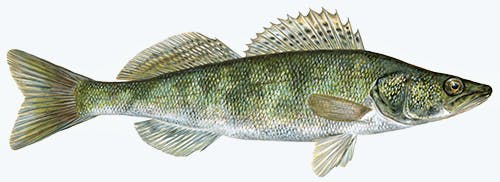All feed formulas developed by Aller Aqua at the Aller Aqua Research Centre follow these requirements to ensure proper growth and health:
Protein Needs:
Larvae and juveniles: 50–56% crude protein
Grow-out stage: 45–50% crude protein
Fat and Energy Needs:
Fat: 10–16% depending on life stage
Digestible energy: ~18–22 MJ/kg
Balanced lipid levels support growth and feed efficiency without inducing fatty liver
Essential Nutrients:
Amino acids: Lysine, methionine, and taurine
Vitamins: A, D3, E, and C for skeletal development and immune health
Minerals: Calcium, phosphorus, selenium, magnesium
DHA/EPA: Important for early development and market flesh quality
Feed Formulation:
Transitioned from live feed (Artemia, zooplankton) during larval stage to high-quality extruded pellets
Floating or slow-sinking pellets, often customized for RAS environments
